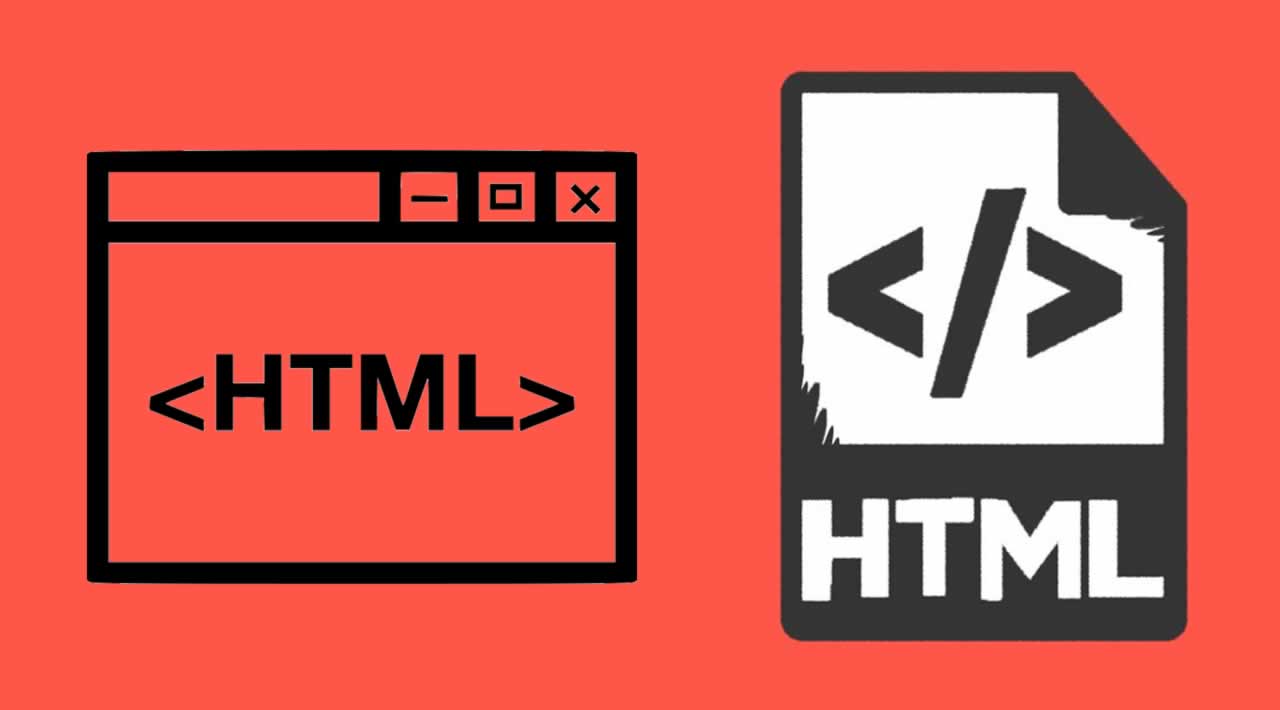Top 6 Ways to Test HTML Code in a Browser
HTML is one of the easiest languages for web development. Testing HTML code to make sure that the website works well across browsers is a primary requirement for almost all the web developers. A lot of online tools are available to make sure that your HTML code generates the desired output and your website works in a streamlined fashion. Although you can go the traditional way and use Chrome Developer Tools, a lot of other online tools are available that are easier to work with. Keeping that in mind, we have brought you the top six ways to test HTML code in a browser.
1. CodePen
This is an online tool — rather, an online community of developers who make use of various front-end tools like HTML, CSS, JavaScript, and a lot of libraries to come up with something worth a show. The tool functions as an online code editor and simultaneously displays the output of your code in the browser. Thus, this is one of the most popular tools that you can use to test your HTML code in a browser. It is one of the largest developer communities out there, too. You can learn a lot about HTML, CSS, and front-end web development in general, along with testing your code.
2. Using A Text Editor
This is yet another way to run an HTML file. If you are working on a text editor running in the offline mode like Sublime Text or Notepad++, you simply have to save your file with the .html extension and run it by double-clicking on it. By default, it will run in the browser installed on your local machine. You can also go to the Settings section of your device and change your default browser to analyze the output in different browsers. However, all those different browsers must be installed on your system beforehand.
3. JSFiddle
JSFiddle is an online community of developers which also provides a platform to test your HTML code online in a browser. It was launched as an application in 2009 but later gained huge popularity. It is mainly used for testing JavaScript code online, but you may also test HTML, CSS, and code written with some other front-end libraries, too. It has its own online editor and simultaneously shows the output. It is literally the best tool ever for fiddling around with JavaScript. The only shortcoming is that you have to click the Run button in order to update the preview panel.
4. JSBin
Although it is one of the best tools to test your HTML code in a browser, a lot of newcomers find JSFiddle’s interface tough to work with. JSBin is an alternative to JSFiddle and is comparatively easier to use. It has two types of access: free and pro. Both types allow unlimited free testing of HTML, CSS, and JavaScript code in a browser, however, the number of JavaScript libraries that you can include is fixed. If you want access to advanced features like private bins and asset hosting, you need to sign up for a pro account.
5. Liveweave
Liveweave offers a real-time preview of HTML code and is one of the most beautiful and pleasing tools to work with. The interface is really simple and easy to understand with an availability of resizable panels. You can play around with the code as much as you like. As you type the code in the inbuilt editor, it keeps suggesting and makes your life easier. Apart from that, you can easily save your weaves in the cloud and even download them as a .zip file for future reference. It allows you to work with JavaScript libraries like jQuery, too, and has a ruler so that you can keep a track of the responsiveness of the product.
6. HTMLhouse
This is the best option available if HTML is all that you deal with. The interface is clean and minimal with no extra features or support. It has been exclusively designed for HTML. You can publish HTML and share it publicly or privately. Check out the tool here and get started with some HTML! For each piece of code you write, it gives you a shareable link in case you want to forward it.
Apart from the tools above, some other HTML resources like HTML Goodies may come handy if you are a beginner. If you want to work with Chrome Developer Tools, simply run the HTML document in Google Chrome and right-click the HTML element you want to inspect. Click on “Inspect” and you will have the tools to run, analyze, and even debug the code.
However, a major shortcoming of all the above tools is that they show you how your code looks in one browser only. If you want to test across different browsers, you need to install all of them. That is also not possible sometimes. For instance, if you work in a Mac environment, you cannot test in IE directly.
One way is to use online cross-browser testing tools like LambdaTest. It is one of the most amazing cross-browser testing tools available in the market today and lets you test your code for cross-browser compatibility. The test results are based on results of more than 2,000 browsers and leave very little room for browser incompatibility. It makes sure your code works seamlessly across various desktop and mobile browsers and saves you a lot of trouble.
#html #web-development
